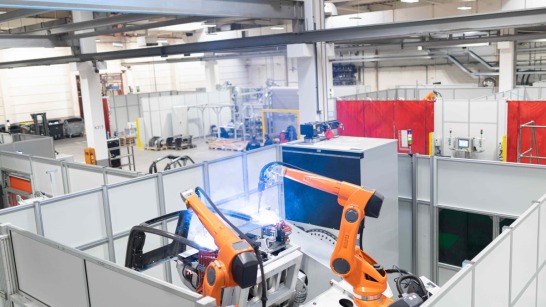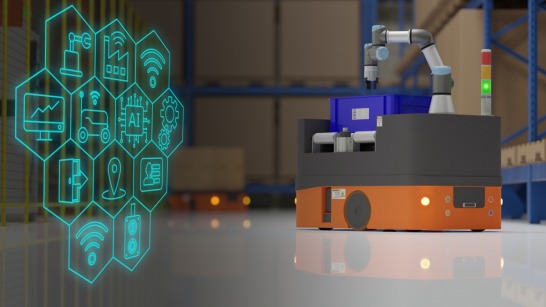For example, if users wanted to look at the external complaint rate and compare data across a range of products, they would have to take a coffee break as it took an average of 30 minutes to load the information into their dashboard.
From the hard shoulder to the fast lane
Today, this information can be available in a matter of seconds. The solution is the KION Analytics Platform (KAP). This is a cloud-based platform based on Microsoft Azure, which naturally allows live queries to be integrated into day-to-day work. Product families, models or even locations can be switched at lightning speed and the information is immediately available. This means that employees can immediately identify any problems. Instead of relying on gut instinct, they are now guided by facts.
Dremio prepares the data so that it can be evaluated by all users. Whether in the form of ready-made reports or intuitive dashboards, the teams decide what data they want to analyse, when and in what format. For example, forklifts can be analysed according to various categories such as product family, series or location, down to part level.
In this way, the most widespread problems become apparent and can be tracked quickly and easily. How often does a particular type of damage occur? Has a fault occurred during assembly? Does production need to be adapted to new requirements? Has a fault been finally rectified? The implications of the information now available are reflected in the added value to the business. The fact that the platform is easily accessible also ensures a high level of acceptance among employees.
Fast synchronisation thanks to data lakehouse architecture
The data flow in the KION Analytics Platform works according to the following principle: The raw data from the SAP system (ERP, BW) and the truck and production systems (ITS, SCS, etc.) first flow into an Oracle database. It is then loaded via the Data Factory Gateway and stored as parquet files in the Azure Data Lake Storage (ADLS Gen2). From there, Databricks and Data Factory take over. The prepared and curated data is then made available to the user with Dremio.
"Dremio is the basis for all our analyses - now and in the future. It has set such high standards that it is almost impossible to compare it with the previous situation. We can finally exploit the potential of our huge amounts of data. The Dremio team deserves a medal," says Simon Wöllhardt, Head of Standards & Strategy Deployment at KION GROUP AG.
Openness and scalability make Dremio a reliable partner for the future. Tim Kappel, IT Business Partner Digital & E-Commerce (global), is impressed by Dremio's performance. "In a proof of concept between Dremio and Azure Synapse, Dremio was clearly superior - and at a calculable cost". He is pleased that it has been possible to avoid vendor lock-in, where the vendor prevents the possibility of switching to another system.




